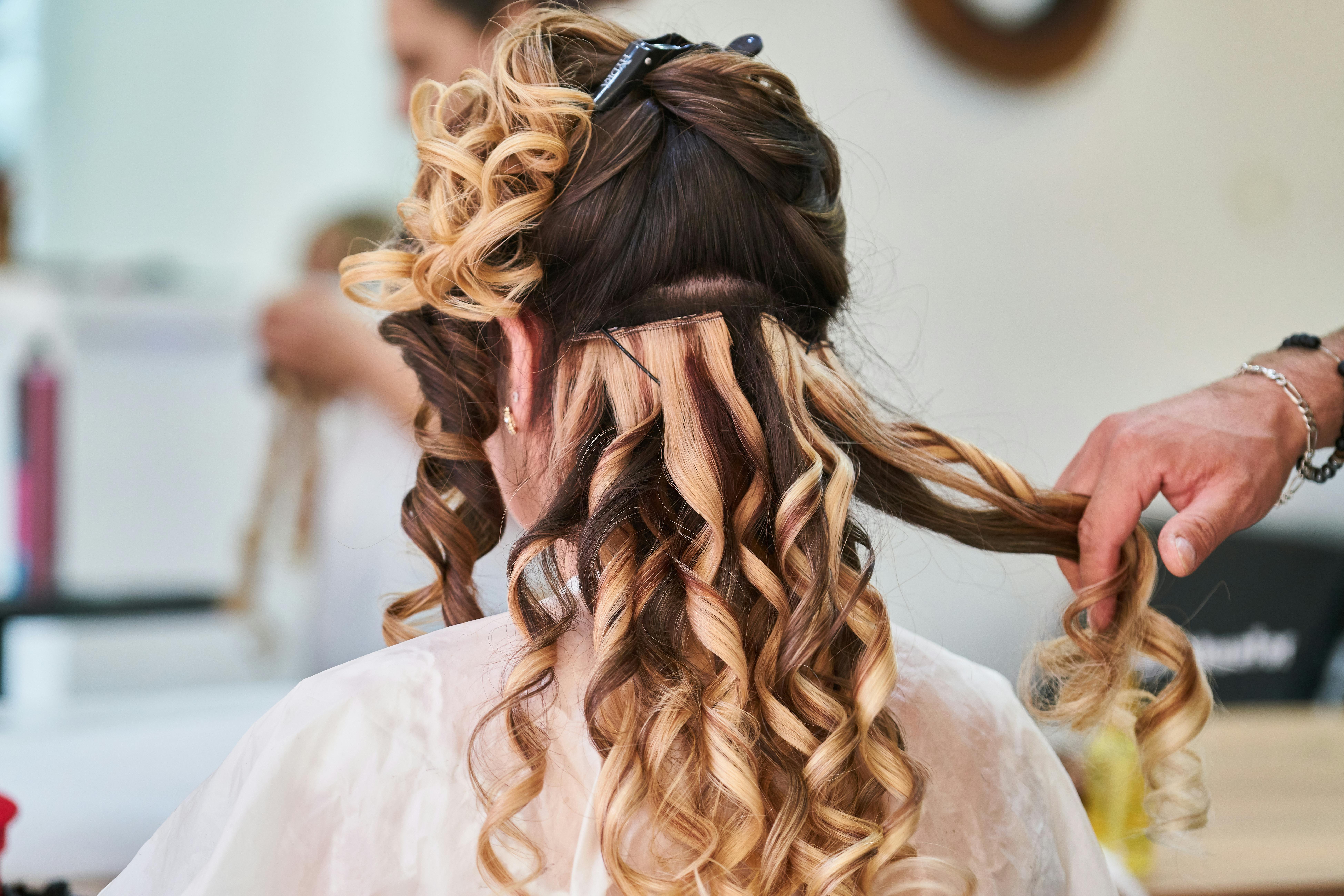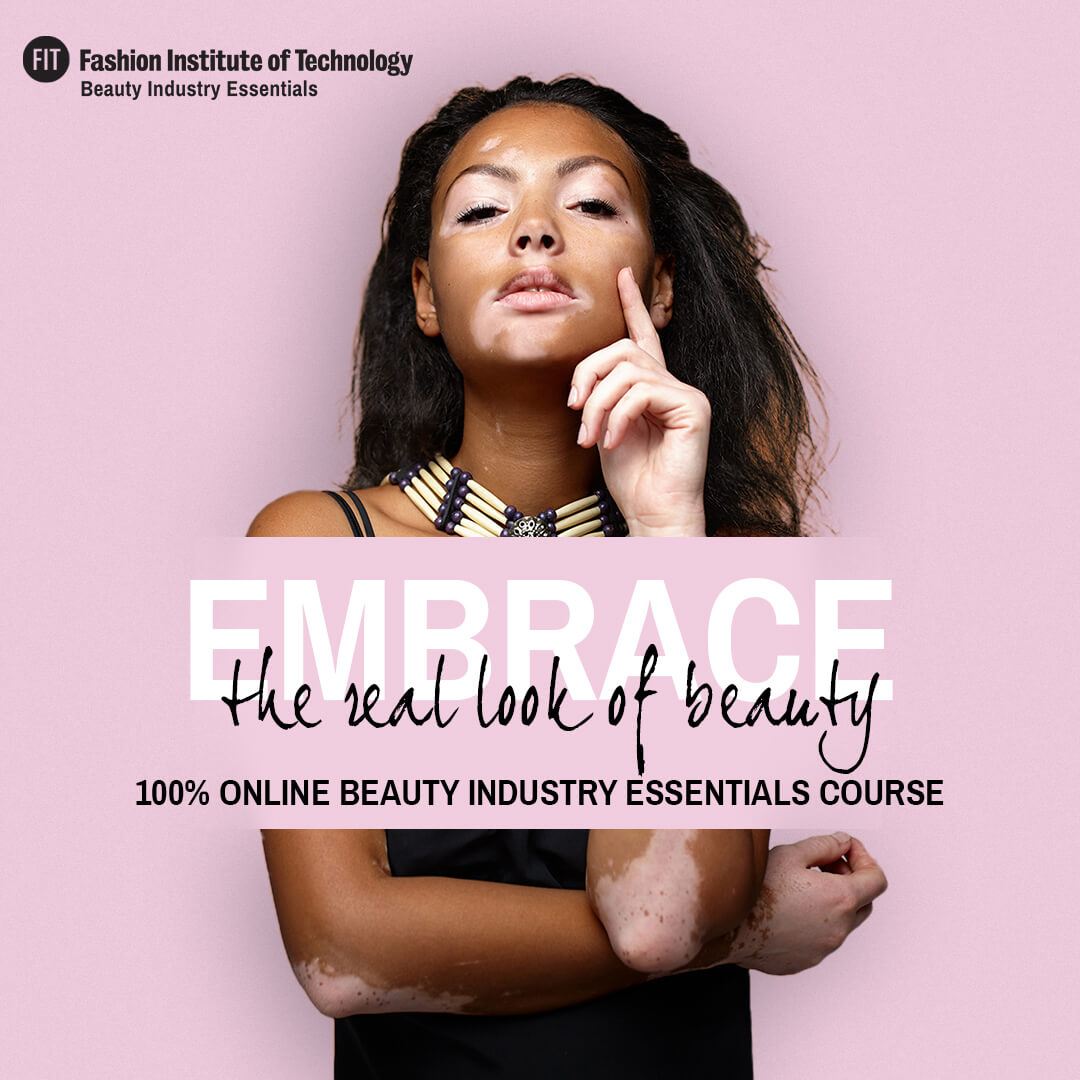Sustainable beauty practices have gained significant traction in the beauty industry as consumers become more conscious of the environmental impact of their beauty routines. Embracing sustainability in beauty involves adopting eco-friendly practices that prioritize the well-being of the planet without compromising on product quality or efficacy.
Clean Beauty Ingredients
One of the core principles of sustainable beauty practices is using clean and natural ingredients in beauty products. Consumers are increasingly seeking products free from harmful chemicals, parabens, sulfates, and synthetic fragrances. Brands that prioritize clean beauty ingredients not only cater to consumer preferences but also contribute to a healthier environment.
Cruelty-Free and Vegan Formulations
Another essential aspect of sustainable beauty is the commitment to cruelty-free and vegan formulations. Brands that refrain from animal testing and use plant-based ingredients demonstrate their dedication to ethical practices. By opting for cruelty-free and vegan beauty products, consumers can support brands that prioritize animal welfare and sustainability.
Recyclable and Biodegradable Packaging
Sustainable beauty practices also encompass the use of recyclable and biodegradable packaging materials. Brands are increasingly shifting towards eco-friendly packaging options such as glass, aluminum, or biodegradable plastics to reduce waste and minimize environmental impact. Choosing products with sustainable packaging helps reduce the carbon footprint and promotes a circular economy.
Carbon-Neutral Manufacturing Processes
Brands committed to sustainable beauty practices often implement carbon-neutral manufacturing processes to reduce greenhouse gas emissions and combat climate change. By investing in renewable energy sources, energy-efficient production methods, and offsetting carbon emissions, beauty companies can minimize their environmental footprint and contribute to a cleaner planet.
Water Conservation Initiatives
Water is a precious resource, and sustainable beauty practices emphasize the importance of water conservation in product formulation and manufacturing. Brands that prioritize water-efficient processes, such as using water-saving technologies and reducing water waste during production, help conserve this vital resource and promote sustainability within the beauty industry.
Community Engagement and Fair Trade Practices
Sustainability in beauty extends beyond product formulations and packaging to encompass ethical sourcing practices and community engagement. Brands that support fair trade partnerships, empower local communities, and uphold ethical labor practices demonstrate a commitment to social responsibility and environmental stewardship.
By fostering positive relationships with suppliers and communities, beauty brands can create a more sustainable and inclusive industry.
Transparency and Traceability
Consumers increasingly value transparency in the beauty industry, seeking brands that provide clear information about sourcing, production processes, and ingredient origins. Sustainable beauty practices emphasize transparency and traceability, enabling consumers to make informed choices and support brands that align with their values. By promoting transparency, beauty companies build trust with consumers and foster a culture of accountability within the industry.
Sustainable Innovation and Research
Embracing sustainable beauty practices requires continuous innovation and research to develop eco-friendly alternatives and sustainable solutions. Beauty brands that invest in sustainable research and development, explore new technologies, and collaborate with sustainability experts drive positive change within the industry. By prioritizing innovation, brands can create products that are both effective and environmentally conscious.
Educational Initiatives and Consumer Awareness
Education plays a vital role in promoting sustainable beauty practices and raising consumer awareness about environmental issues in the beauty industry. Brands that engage in educational initiatives, sustainability campaigns, and consumer outreach programs empower individuals to make informed choices and adopt sustainable beauty habits.
By educating consumers about the impact of their beauty choices, brands can inspire positive change and drive sustainability forward.
Industry Collaboration and Advocacy
Collaboration and advocacy are essential components of advancing sustainable beauty practices on a broader scale. Industry partnerships, sustainability initiatives, and advocacy efforts help drive systemic change, influence policy decisions, and promote sustainability across the beauty sector.
By working together towards common sustainability goals, beauty brands can amplify their impact and create a more sustainable future for the industry and the planet.
Conclusion
Embracing sustainable beauty practices is not just a trend but a fundamental shift towards a more responsible and ethical beauty industry. By incorporating these key principles and practices into their operations, beauty brands can contribute to a greener planet, meet the evolving needs of conscious consumers, and shape a more sustainable future for the beauty industry.
Key Takeaways:
- Sustainable beauty focuses on eco-friendly practices that protect the planet without compromising product quality.
- Using clean, natural ingredients free from harmful chemicals supports both health and environmental goals.
- Cruelty-free and vegan formulations promote animal welfare and ethical beauty standards.
- Recyclable and biodegradable packaging helps reduce waste and supports a circular economy.
- Carbon-neutral manufacturing processes lower greenhouse gas emissions and help combat climate change.
- Water conservation initiatives in production protect a vital natural resource.
- Ethical sourcing, fair trade, and community engagement promote social responsibility in beauty practices.
- Transparency and traceability allow consumers to make informed, values-based purchasing decisions.
- Continuous, sustainable innovation and research drive the creation of eco-friendly beauty solutions.
- Educational initiatives raise consumer awareness about the environmental impact of beauty routines.
- Industry collaboration and advocacy help promote wider systemic change towards sustainability.
- Embracing sustainable beauty practices positions brands to meet the demands of conscious consumers and contribute to a greener future.
Elevate your expertise with the FIT Beauty Industry Essentials online course and certificate program to excel in sustainable beauty practices and make a positive impact on the planet.






